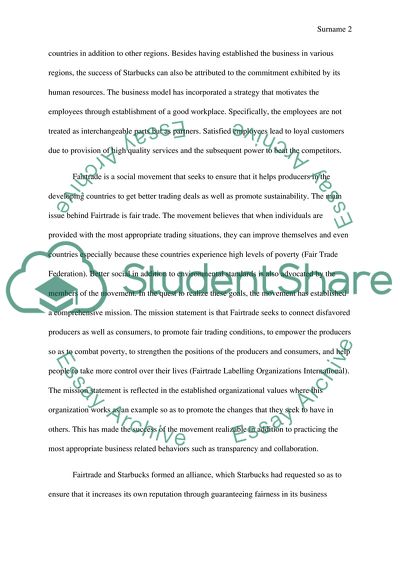Cite this document
(Shaping Global Business Contexts Case: Starbucks & Fairtrade Case Study, n.d.)
Shaping Global Business Contexts Case: Starbucks & Fairtrade Case Study. https://studentshare.org/marketing/1844808-shaping-global-business-contexts-case-starbucks-fairtrade
Shaping Global Business Contexts Case: Starbucks & Fairtrade Case Study. https://studentshare.org/marketing/1844808-shaping-global-business-contexts-case-starbucks-fairtrade
(Shaping Global Business Contexts Case: Starbucks & Fairtrade Case Study)
Shaping Global Business Contexts Case: Starbucks & Fairtrade Case Study. https://studentshare.org/marketing/1844808-shaping-global-business-contexts-case-starbucks-fairtrade.
Shaping Global Business Contexts Case: Starbucks & Fairtrade Case Study. https://studentshare.org/marketing/1844808-shaping-global-business-contexts-case-starbucks-fairtrade.
“Shaping Global Business Contexts Case: Starbucks & Fairtrade Case Study”. https://studentshare.org/marketing/1844808-shaping-global-business-contexts-case-starbucks-fairtrade.


